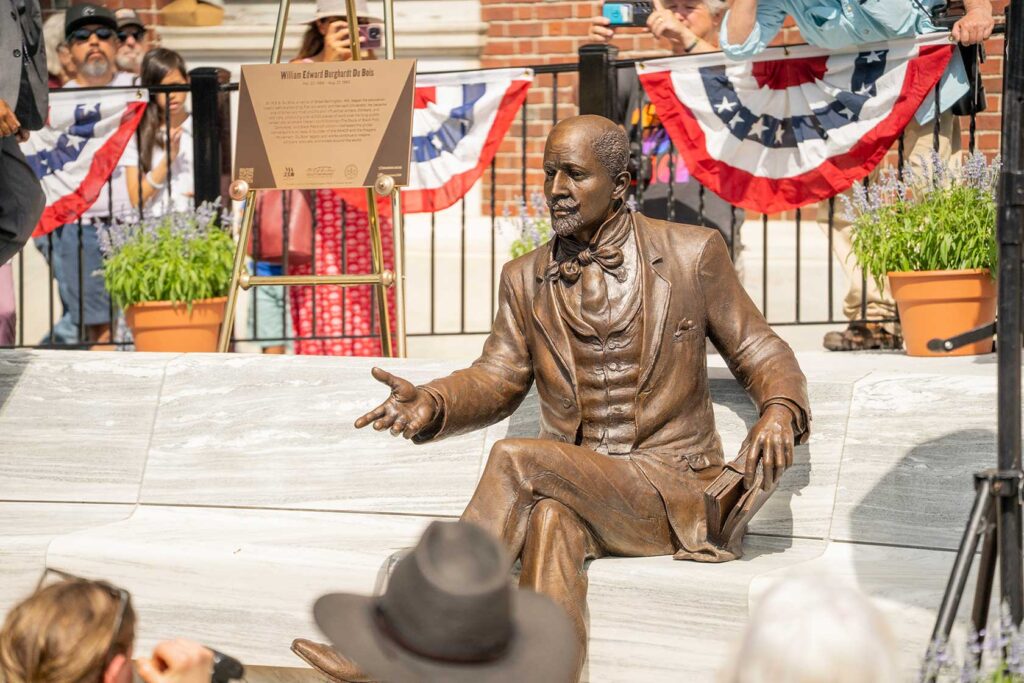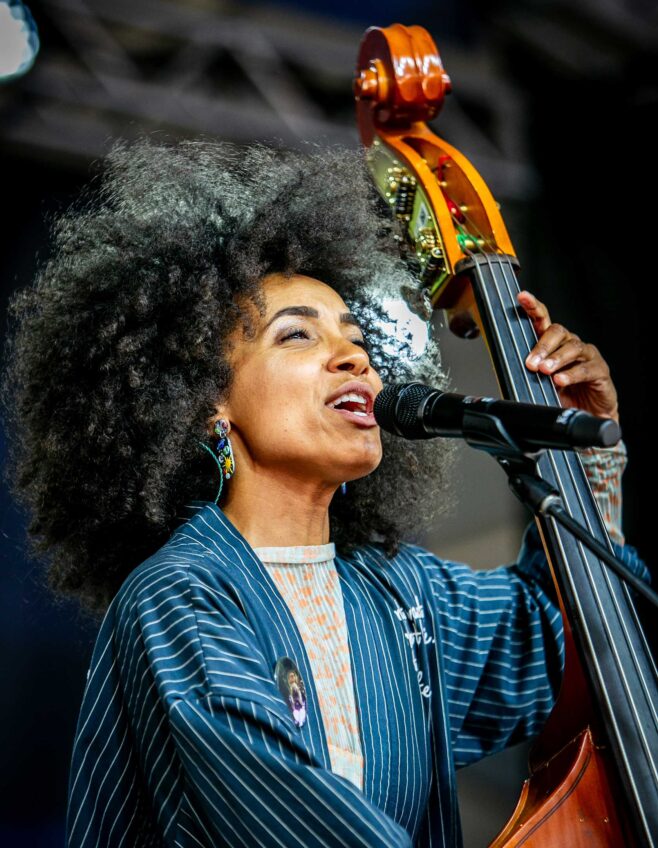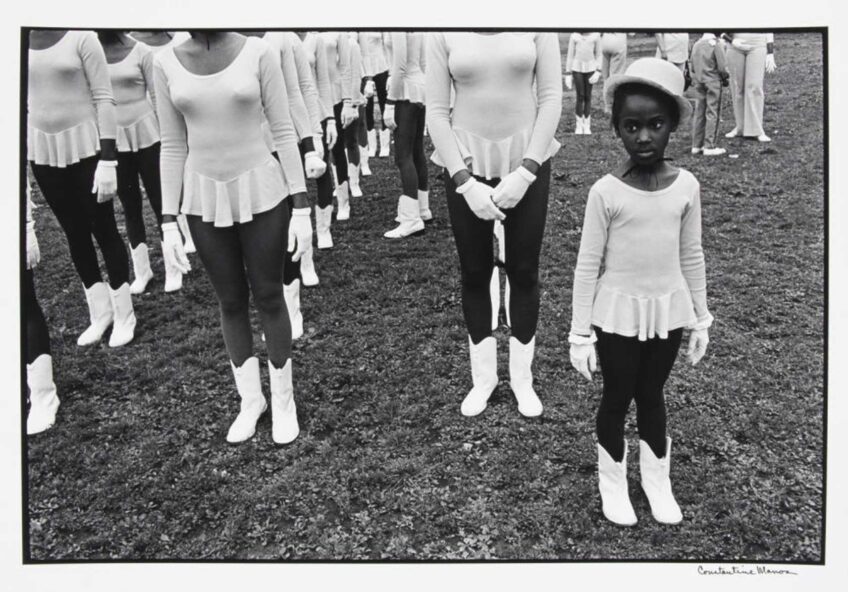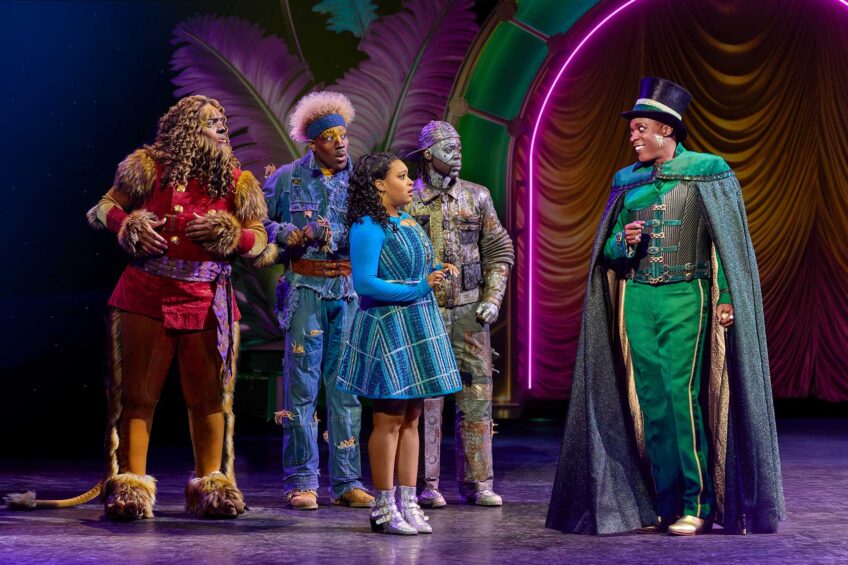
Banner Arts & Culture Sponsored by Cruz Companies
Residents and visitors in Great Barrington in western Massachusetts will spot a welcoming new face outside Mason Public Library. After more than three years of community organizing, a monument to the famed civil rights activist, historian and sociologist W. E. B. Du Bois has been installed in the center of his hometown.
This effort geared up in 2022 with a group of community members who wanted to see Du Bois honored properly in his hometown. Prior to this monument installation, Du Bois was primarily noted at the W. E. B. Du Bois Boyhood Homesite, an installation located outside of downtown that denotes where his childhood home once stood. The Homesite is an important piece of history, but these organizers felt more could be done.
“One of the reasons I moved to Great Barrington was because it’s the birthplace of Dr. Du Bois, who I was named after and who has been a lifelong hero of mine,” said DuBois Thomas, one of the community organizers involved in the process from the beginning. “The amount of monuments that are around this country dedicated to the memory of violence and oppression, and the fact that we are able to kind of pierce the veil with a monument of love is truly humbling.”
The community group teamed up with Embrace Boston for financial and logistical assistance in making this dream a reality. Embrace was also pivotal in looping in the Du Bois monument with the Monuments and Makers initiative of Everyone250, a collaboration of more than 100 partners commemorating America’s independence. Monuments and Makers showcases monuments, sites and stories often overlooked in history, making sure that people of color, queer folks, women and other groups are included in these 250 celebration histories.
“We know that Boston and Massachusetts is a place that has more 250 stories than most places in America,” said Imari Paris Jeffries, president and CEO of Embrace Boston. “And these 250 stories are not just colonial stories with triangle hats and long white socks and drum and fife. They are stories of founders like Martin and Coretta, like Dr. Du Bois, like Elizabeth Freeman, so many founders in this great commonwealth. And we want to tell this story.”
Born just a few years after slavery was abolished in the United States, Du Bois was the first African American to receive a PhD from Harvard. One of the founders of the NAACP, he was a tireless writer, historian and civil rights activist.
The sculpture is meant for public interaction. Seated on a stone bench in the front of the library, Du Bois is depicted with crossed legs and outstretched hands. He is eye-to-eye with viewers rather than exalted on a high platform. His gesture encourages visitors to sit and engage with the statue. Thomas says he has rarely walked by the sculpture since the July 19 unveiling without seeing someone sitting with Du Bois or speaking to him.
“Du Bois was always making room for people,” said Jeffries. “And here he is in front of a library saying welcome, there’s room for everybody. Especially in this moment where democracy as we know it is so shaky, I think that the symbolism is important.”









Leave a Reply
You must be logged in to post a comment.